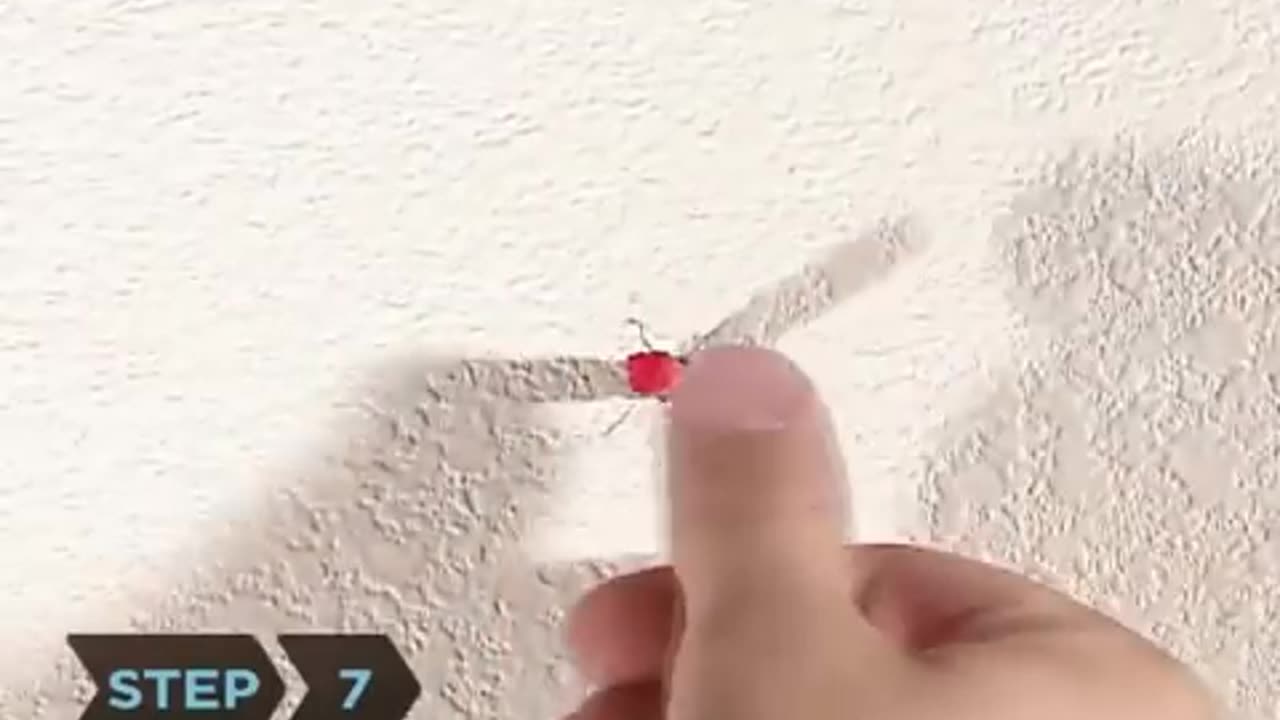Premium Only Content

How to Drill into Your Wall
Drilling into your wall while knowing where the studs are and not hitting any wires may seem daunting, but it's simple if you follow these steps.
Step 1: Select a drill bit
Select the right drill bit for the job. If you're drilling into sheetrock or plasterboard, you can use a drywall bit; use a masonry bit for brick, block, stone, quarry tiles, or concrete; use a spur point bit to drill through wood; and use a tile bit for ceramic tile or glass.
Step 2: Be careful of electric wires
Avoid drilling above or below light switches or electrical outlets. If you have a light switch or outlet on the second floor, don't drill below it on the first floor -- the wiring likely goes down and through the first floor.
Tip
You can use a stud finder with a live wire detector as a secondary measure.
Step 3: Watch out for plumbing
Be careful drilling into a bathroom wall -- or into any walls that are shared with a bathroom. You risk hitting and damaging your pipes; this also applies to areas around radiators.
Step 4: Mark your spot
Use a pencil to mark the place on your wall where you want to drill and, using a hammer and countersink, make an indentation where the hole will be.
Tip
If you're drilling into ceramic or glass, make an X with heavy-duty tape over the surface before you drill. This will prevent cracks and chips.
Step 5: Insert the drill bit
Place the tip of your drill bit into the indentation and gently squeeze the drill's trigger, making sure to keep the bit straight.
Step 6: Increase drill speed, finish hole
Slowly increase the bit speed as you apply pressure. When you've achieved your desired depth, slow the bit down, but don't stop it. Keep pressing the trigger and slowly pull the bit from the hole.
Step 7: Insert anchor
Insert an anchor into the hole if you need to, and then screw in your hook or screw. You are now ready to hang decorations on your walls!
Did You Know?
In 2009, drywall imported from China that was used to build American homes was found to contain contaminants that can form corrosive sulfuric acid.
-
 58:09
58:09
Barry Cunningham
7 hours agoLIVE: Defense Secretary Pete Hegseth & Gen. Dan Caine Hold a Pentagon Press Briefing On Iran Bombing
73.7K189 -
 LIVE
LIVE
TonYGaMinG
3 hours ago🟣 QUESTING TRYIN TO GET READY FOR DEEP DESERT #RumbleGaming
77 watching -

TheItalianCEO
5 hours agoPlaying video game is better than touching grass
29.2K1 -
![[UPDATE 2.4] Hunt: Showdown | Sunday Solo Runs - #RumbleGaming](https://1a-1791.com/video/fww1/16/s8/1/J/A/L/V/JALVy.0kob-small-UPDATE-2.4-Hunt-Showdown-Su.jpg) 3:41:59
3:41:59
LumpyPotatoX2
6 hours ago[UPDATE 2.4] Hunt: Showdown | Sunday Solo Runs - #RumbleGaming
30.3K2 -
 2:12:01
2:12:01
Amish Zaku
6 hours agoVariety Stream
27.2K2 -
 23:51
23:51
Adam Does Movies
1 day ago $1.78 earned28 Years Later - Movie Review
27.6K12 -
 27:26
27:26
Scary Mysteries
1 day agoThe BUTCHER BAKER: Alaska's DEADLIEST Predator
25.6K3 -
 2:54:40
2:54:40
Gore TV
4 hours agoBRAINS? Nah, Just Beans. ☕🧠🧟 ♂ | Coffee Break with Zombies!
17.5K -
 15:53
15:53
Forrest Galante
9 hours agoPrivate Tour of India’s Best Secret Aquarium
51.6K7 -
 LIVE
LIVE
Astral Doge Plays!
6 hours agoZelda: Breath of the Wild ~LIVE!~ Rito Times
41 watching